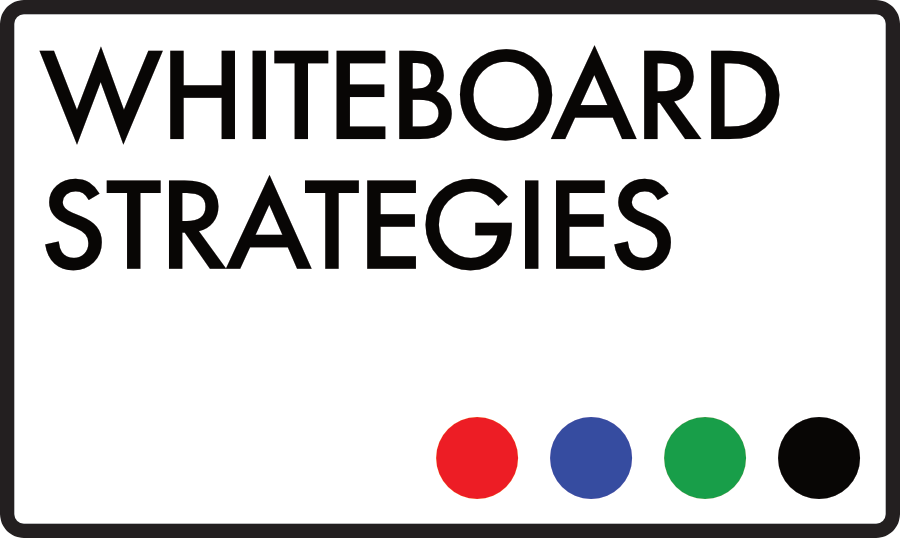There’s a sort of catch 22 when it comes to hiring sales talent. On the one hand, a lot of the nicer people are the quieter ones, and there’s no point in hiring shrinking violets. On the other hand, the character attributes that make good sales people can also make self–involved, entitled and arrogant sales people.
You need confident, assertive and charismatic troops on your frontline, and this is the root of a lot of problems when it comes to your Value Proposition. What I’ve found from visiting hundreds of companies worldwide is that the proposition itself is often sound – it needs more structure, more often than not, but most of the problem is with how it is disseminated to your sales people, and how they then deliver it.
It might be one of the foundations of their job role, but most sales people hate presenting. On the other side of the coin, really strong sales people love presenting. Both of these mindsets can be problematic without a well structured, well taught and consistently deliverable Value Proposition.
A lot of sales people clam up when sat in a room with prospects – especially if the chat goes off-piste at all. That’s what happens when you hire shrinking violets, nice guys almost always finish last.
Your best, most confident sales people have their own problems – they love presenting, they think they’re charming, they like the sound of their own voices. Slick, considered and confident, sometimes they’re enough to bluster a prospect into a purchase… but sometimes they’re not. Remember Stuart Baggs on The Apprentice? The moronic throwback who said “everything I touch turns to sold”? He’s the perfect example. Balls and bluster will only get your organisation so far – and delivering your Value Proposition is no place for it.
Both of these groups would be able to deliver your proposition with much more value if it was properly structured, properly delivered to them, and packaged in a way that they can properly deliver in turn.
The key to best developing your Value Proposition is to forget about building it around your offering, and instead build it around the requirements of the customer. This isn’t a proposition about what you sell, it’s a presentation explaining why you are the right choice for your prospect. So build your presentation around the questions that customers will want answering – why should they shake up the status quo at their organisation, why should they use you over your competitor. All the questions they’ll have essentially boil down to two key ones: “Why you?” and “Why us?”
You can’t give your people a pitch hoping that your customer will be able to unpick your offering and work out the answers to these questions themselves – they need to be explicitly asked and answered in your presentation.
So there’s the start of your structured proposition. Simple questions and answers – a set up, a solution, case studies and numbers to back that solution up.
Packaging up and rolling out that Value Proposition across your sales force can seem a daunting task, particularly if you’re working for a good size multinational. The truth is that it takes a considerable effort – but it doesn’t need to be hard. The trick is in structuring your proposition to the point where the structure can act as a framework for delivery. Use the structure to your advantage – script a standard conversation around it, ensure that everyone in your sales force learns that script by heart, case study examples and all.
The very best way to structure, create a narrative and ensure that you train even the largest sales force to deliver your Value Proposition clearly, concisely and consistently?
Whiteboarding.
Let’s talk.

Recent Comments